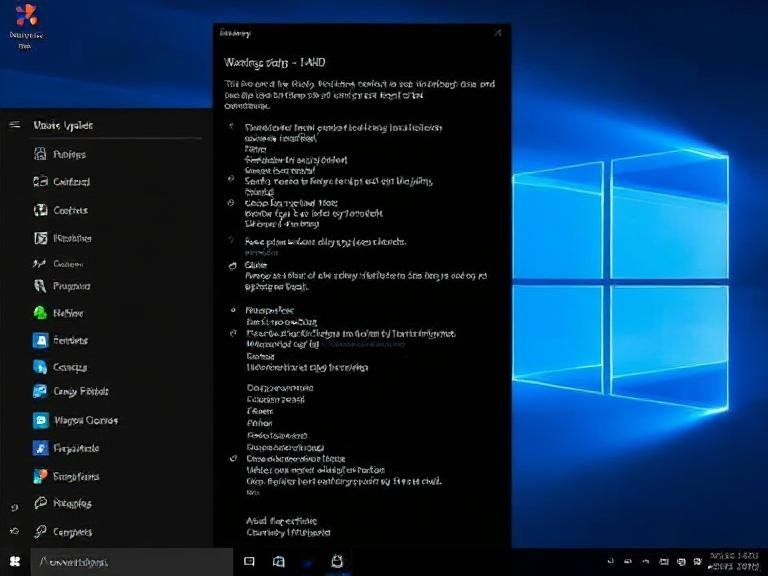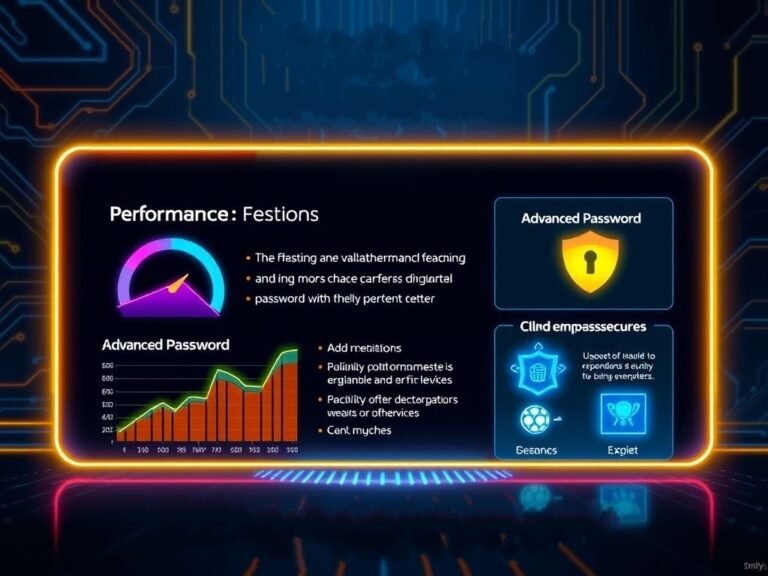
DirectX 12 Update Brings Better Ray Tracing Performance
At GDC 2025 back in March, Microsoft introduced DirectX Raytracing (DXR) 1.2 , featuring a major new performance-enhancing tool called Opacity Micromaps (OMM) . Now, Microsoft has officially released Agility SDK 1.616-retail , which adds full support for OMM. Developers can download it now from the official Agility SDK page .
What Are Opacity Micromaps?
Opacity Micromaps are designed to optimize the rendering of complex, semi-transparent objects like foliage, fences, hair, and other alpha-tested geometry in ray-traced scenes. These kinds of visuals have traditionally been expensive to render due to heavy reliance on AnyHit shaders.
OMM helps reduce that overhead by storing fine-grained opacity data, allowing the GPU to skip unnecessary computations. The result is faster ray tracing performance with minimal impact on visual quality.
Real-World Results
The benefits of OMM aren’t just on paper — at GDC, Remedy Entertainment showcased how Alan Wake 2 used Opacity Micromaps to achieve significant performance improvements in ray-traced environments filled with dense environmental details.
This marks a meaningful step forward in making high-quality, real-time ray tracing more efficient and accessible for modern games.
When Will Opacity Micromaps Be Available?
Support for Opacity Micromaps (OMM) is already rolling out across hardware vendors. Nvidia has enabled OMM on all GeForce RTX GPUs , giving developers and gamers an early advantage. AMD plans to add support this summer, while Intel is still evaluating the feature but has expressed interest in supporting it in the future.
However, users won’t see performance improvements until game developers start integrating OMM into their titles using tools like the latest Agility SDK 1.616 , which launched recently. Beyond boosting performance, OMM also opens up new creative possibilities and can simplify development workflows for complex visual effects.
How Do Opacity Micromaps Work?
In ray-traced scenes, rendering semi-transparent objects like leaves or fences often requires the GPU to run an AnyHit shader — a process that checks whether a specific part of an object is truly visible and opaque. This can be computationally expensive and slow down frame rates.
Opacity Micromaps act as a smart pre-check. Instead of running the full AnyHit shader every time, OMM quickly determines if a surface is fully transparent or opaque. Only when the result is uncertain does the system fall back to the shader — significantly improving efficiency without sacrificing visual quality.
What’s Next for OMM?
With OMM now available in the Agility SDK , developers have the tools they need to start implementing it in games. As adoption grows and more hardware vendors enable support, players can expect smoother ray tracing performance and richer, more detailed environments.
For now, you can download the latest Agility SDK from the official DirectX GitHub page and begin experimenting with Opacity Micromaps today.





